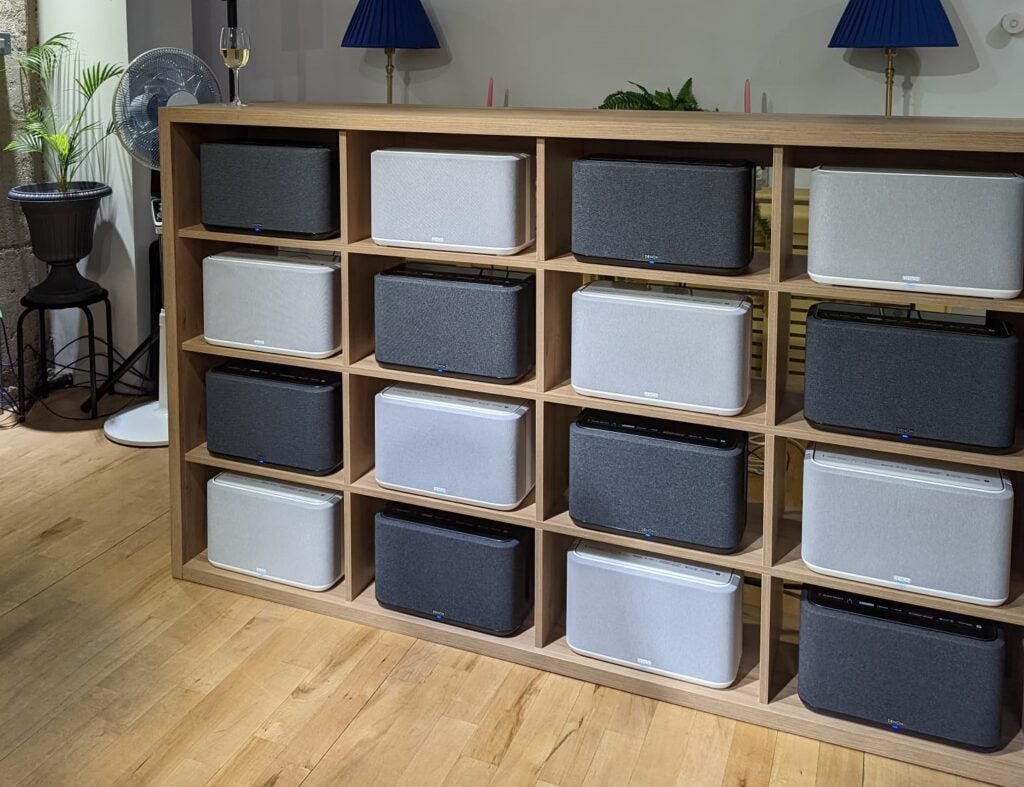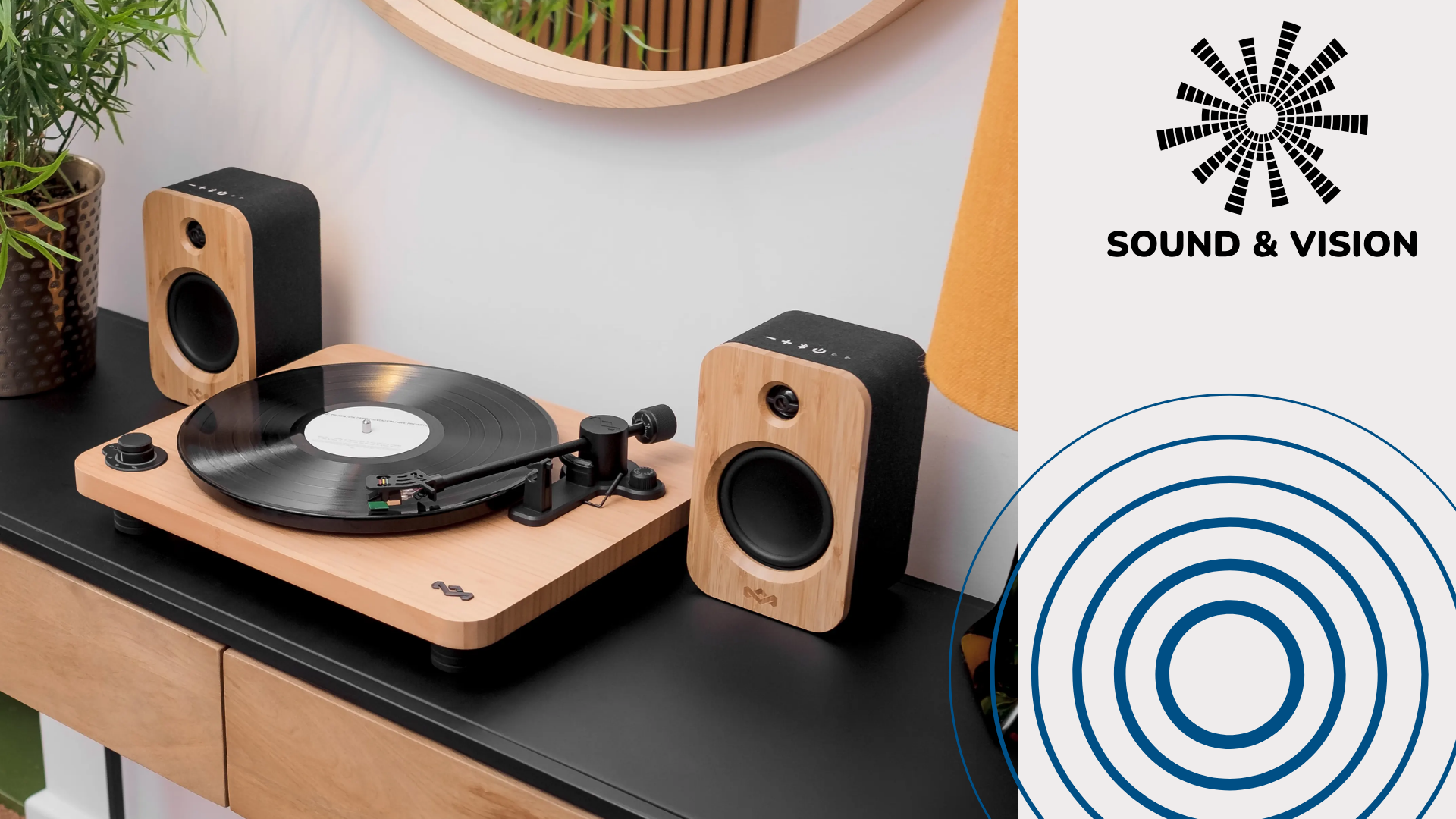Sound and Vision: Are we using multi-room set-ups in the right way?

OPINION: This week I attended an event about Denon Home that actually segued into an explainer for Denon’s HEOS streaming service.
Anyone and everyone operating within the hi-fi realm will have noticed the growing convergence of devices via streaming apps. Arguably Sonos got there first and has set the standard to reach, its app is rightly the envy of its competitors because it just works.
And when something works as seamlessly as the app, it’s like magic; and when others try to achieve the same and it doesn’t work, it feels uncomfortable like a parlour trick gone wrong.
That was the issue with Denon’s HEOS when it first launched, a buggy attempt that didn’t leave a good first impression. But that was years ago, and this is now, and HEOS is in a much better shape joining the likes of BluOS, Google Home and AirPlay 2 as streaming options.
The main emphasis at the event was the effort in merging legacy, traditional hi-fi with the lifestyle, casual audiences interested in wireless speakers and such, and the fact that you could unite these two still somewhat disparate areas through wireless connectivity. You’d think this is an obvious thing that’s already been achieved, but thinking about it some more, that convergence hasn’t quite happened.
AirPlay focuses on Apple devices, iPhones, iPads and Apple TVs, and then third-party stuff comes in like wireless speakers and TVs. BluOS is more for audiophiles: music streamers, higher-end wireless speakers, loudspeakers with high-res audio support. Sonos is essentially wireless speakers and, more recently, soundbars. Google Home is smart automation that also happens to support speakers.

Think about it and there’s no one option that covers traditional and casual, hi-fi and smart; you need a mix of the options mentioned above to create that type of interconnected system; perhaps a combination of BluOS and AirPlay or HEOS and Google Home.
With an increasing focus on connectivity in recent years, I’d say the message imparted hasn’t been the right one. You always see those diagrams of cutaway houses, speakers dotted around the house with music playing from them, but I don’t think I’ve ever come across a set-up like that or a person who has that set-up in their home. It’d be tricky (and ultimately pointless) to do that in a London flat, let’s say.
Those diagrams come across as an easy and simple way to explain the idea of multi-room, but also makes it seem like a far-fetched concept. Why would I want someone randomly playing their music on the speaker in my room and vice versa? It might be great for house parties but how often does that happen.
So the concept of multi-room or what it should be, which is the less sexy sounding interconnected devices, ought to be about bridging diverse products and unifying them into a whole. Turntables playing to wireless speakers via a music streamer, a 5.1 movie system that can scale down to a 2.0 music system as the Denon HEOS explainer was getting at. That comes across as a more palatable idea to me.
I think what multi-room wants to push is the idea that we listen to music in a variety of ways, when really, we all listen to music in specific ways, on few devices and simply want to maintain that quality across whatever we listen to. Headphones and smartphones go together, laptops and hi-fi speakers etc, and interconnected devices offer a means of extending it to one more device in the chain. The idea of multiple devices around the home all speaking to each other sounds great, but I’m not convinced that’s how we listen to music.
So that’s the direction I’m hoping this interconnected era is heading towards. Less about the flashy numbers of many devices you could connect and more about the which type of devices you can connect. Although I’ll admit that a wall of 16 Denon Home 350 speakers grouped together and blaring Billie Eilish at you is pretty impressive.








